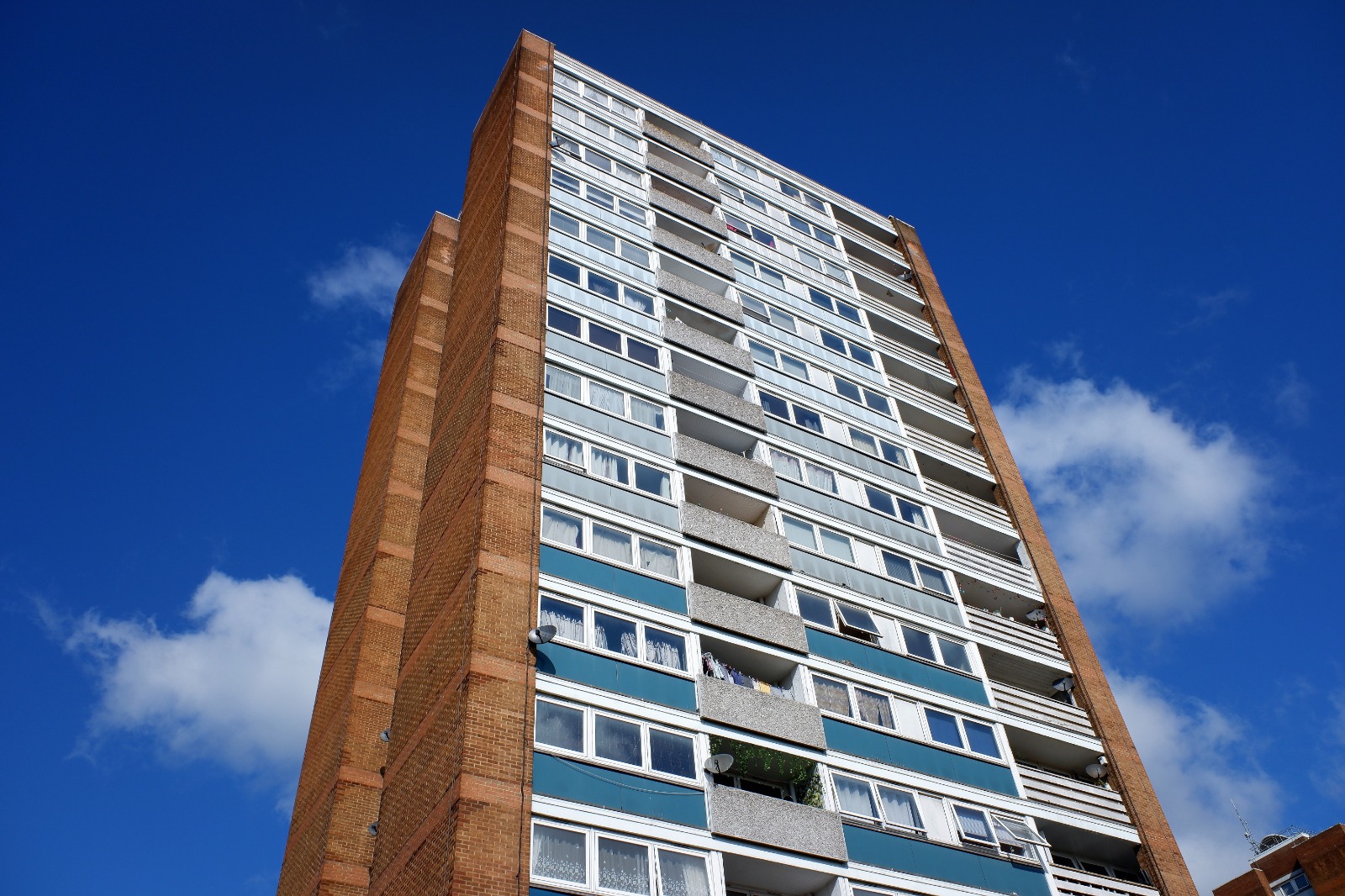Following the publication of the Building Safety Bill, Martin Barrett, business development manager of building control at Premier Guarantee takes a look at what’s to come
The government published its Building Safety Bill on the 5 July, 2021. No doubt the relative success of England in the Euros dampened some of the initial media coverage but over the coming weeks and months, those in construction will certainly debate and discuss the Bill a plenty.
The Bill has been described as delivering the ‘biggest improvements to building safety in nearly 40 years’ by the housing secretary, Robert Jenrick. It introduces new and more stringent requirements for residential buildings following Dame Judith Hackitt’s review of building regulations and fire safety after the Grenfell Tower tragedy in 2017.
As it stands, the Bill provides a pretty clear roadmap and direction of travel but as with everything the devil will be in the detail and much of that detail is still to be agreed and fleshed out. With finite resources and time pressing, there will be practical problems which will require pragmatic, collaborative solutions – so watch this space!
What are the key points?
Overall, 53 recommendations were made for Government and industry to drive the cultural change and right behaviours necessary to improve building safety.
The Bill is intended to ensure that building safety is a top priority and to address issues with a lack of accountability during the life cycle of a building. Once enacted, it is intended that the Bill should:
- Apply to all buildings (new or existing) over 18 metres in height
2. Create a more effective regulatory and accountability framework for the construction industry
3. Introduce clearer standards and guidance
4. Put residents at the heart of a new system of building safety
5. Create a systemic change in culture and responsibility within the building industry
A new regulator
The Building Safety Regulator will be established by the Health and Safety Executive (HSE).
The Building Safety Regulator will oversee the design, construction and occupation of high-risk buildings and will also give advice to local regulators, landlords and building owners, the construction and building design industry, as well as to building occupants.
The Bill creates powers to introduce new design and construction requirements that apply to high-rise residential buildings, hospitals and care homes of at least 18m/six storeys in height to ensure that that building safety is well considered and that standards are maintained during construction to deliver high-quality homes and buildings.
Application of the Bill in the future
Explanatory notes supporting the Building Safety Bill state: ‘The Independent Review identified that it is important to ensure that the government can respond quickly in the future, where necessary, to broaden the definition of “higher-risk buildings” in light of either critical new information emerging or experience of operating the new regime’. This means that other buildings could be brought into scope in the future, such as residential premises under the 18m/six storey threshold, hospitals, care homes, prisons and offices.
Implications for the building control profession
The Building Safety Regulator will also deliver a major new set of functions to drive up the competence of the building control profession. This includes establishing and maintaining a register of building inspectors (individuals) and building control approvers (either organisations or individuals), as a means of monitoring the quality of building control professionals and increasing accountability across the building control sector.
The registration scheme for building inspectors and building control approvers is intended to launch within 12 to 18 months after Royal Assent. It is anticipated that this will include a transition period to allow for individuals currently working in building control to register as building inspectors and current approved inspectors to register as building control approvers.
A new framework will be introduced for the oversight of the performance of building control bodies, levelling the playing field for local authority building control and registered building control approvers.
Competence and alignment
It is clear that there will be considerable alignment of building control bodies, both approved inspectors and local authority, as the intention is to ‘create a unified professional structure for building control’.
This is a positive, as within the BC fraternity there has long been a desire for a unified approach to qualification, quality and audit that is applied to all BCs regardless of nature. This will raise the understanding and professionalism of the industry.
The effectiveness of the whole building regulatory regime will be independently reviewed at least once every five years to ensure that it is fit for purpose and to allow recommendations for improvement to be made.
Implications for developers
The Building Safety Regulator will be responsible for all major regulatory decisions made at key points during the design, construction, occupation and refurbishment of buildings in scope, and furthermore, determine who will act as the BCB (building control body) for 18m/six storey residential buildings. The Building Safety Regulator will use the skills, experience and capacity of local authority building control to provide the main support for the regulator and be complemented by approved inspectors where required. We do not yet know how this will work in practice.
It also states that approved inspectors may also develop separate consultancy services, capacity and expertise to support duty-holders with their new responsibility.
At Premier Guarantee we have a detailed knowledge of the design and construction implications of building high-rise buildings and can assist client at an early stage. Whether we are appointed as consultants to assist you through the design process or are providing a parallel structural warranty service, we are here to help.
Timetable to implementation
It is not possible to set a firm timetable as timelines are dependent on suitable Parliamentary time in both Houses and will be kept under review as the Bill progresses through Parliament.
Following Royal Assent, it is expected that a number of changes will come into force within the first 12 months. Within 12 to 18 months of the Bill receiving Royal Assent, it is expected that the bulk of the new provisions brought forward in the Building Safety Bill will come into force.
View our Building Control pages for more information on the services we can provide.
Martin Barrett
Business development manager of building control
Twitter: @PG_Live
LinkedIn: Premier Guarantee

















